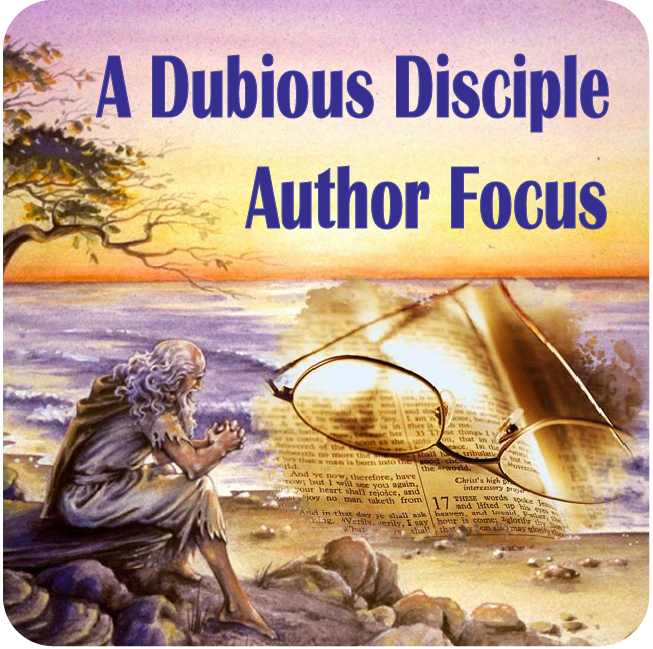[Abraham] said to the chief servant in his household, the one in charge of all that he had, “Put your hand under my thigh. I want you to swear by the LORD, the God of heaven and the God of earth, that you will not get a wife for my…
Deuteronomy 25:11-12, Keep your man-parts out of harm’s way, Part I of III
If two Israelite men get into a fight and the wife of one tries to rescue her husband by grabbing the testicles of the other man, you must cut off her hand. Show her no pity. //This may seem like a strange law, but it’s actually a very important deterrent….

Book review: Evolution of the Word
by Marcus Borg ★★★★ This is a big book, 593 pages, but over half of it is a reprint of scripture. After an introduction, Borg goes book-by-book through the New Testament, providing a few pages of overview for each, primarily discussing its historical context, and then presenting the Biblical text….

Focus on the Author: Leonard Timmons
Author of From Adam to Noah: The Numbers Game A while back, I reviewed Leonard’s book, and gave it a three-star review, considering it a rather fantastic theory. Leonard promised a response to my review, and I’d like to share that with you now. ********* Hi Lee, My response to…
Matthew 4:1-2, Jesus Fasts
Then was Jesus led up of the Spirit into the wilderness to be tempted of the devil. And when he had fasted forty days and forty nights, he was afterward an hungred. //According to Matthew, Mark, and Luke, immediately after his baptism by John, Jesus heads off into the desert to…
Numbers 16:32-33, The First Mention of the Underworld in the Bible
And the earth opened its mouth and swallowed them up, with their households and all the people who belonged to Korah and all their goods. So they and all that belonged to them went down alive into Sheol, and the earth closed over them, and they perished from the midst…

Book review: My Universe, A Transcendent Reality
by Alex Vary ★★★★ The subtitle of this book is an “Atheist-Scientist’s Guide to God.” It’s broken down into five parts of two or three dozen short essays each, which were compiled and organized by Vary over a period of six years. Each essay leads fluidly into the next, however,…
Matthew 19:3, When Is Divorce Allowed?
Some Pharisees came to him to test him. They asked, “Is it lawful for a man to divorce his wife for any and every reason” //One of the “eight great debates” in first-century Judaism was this matter of divorce. Under what circumstances was divorce to be permitted? Respected rabbi’s Shammai…
Ruth 1:16, Your God will be my God
Your people shall be my people and your God my God. //The book of Ruth is such a sweet little story, and this speech by Ruth is such an inspiring example of love. As Naomi heads back from Moab to the land of Israel, she instructs her daughter-in-law Ruth to…

Book review: Revelation: The Way it Happened
by Lee Harmon ★★★★ A writer is forever learning. In this review by Goodreads reviewer “Phil,” I learned never to park things atop the ark (too informal, I assume), and to be more sensitive about Jewish facial features. I made both modifications in my “corrected copy.” (Seriously, I did! It’s…